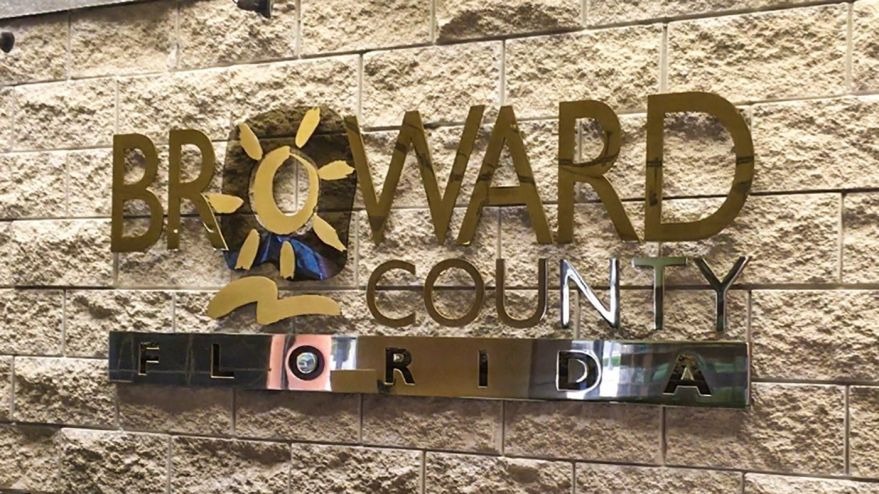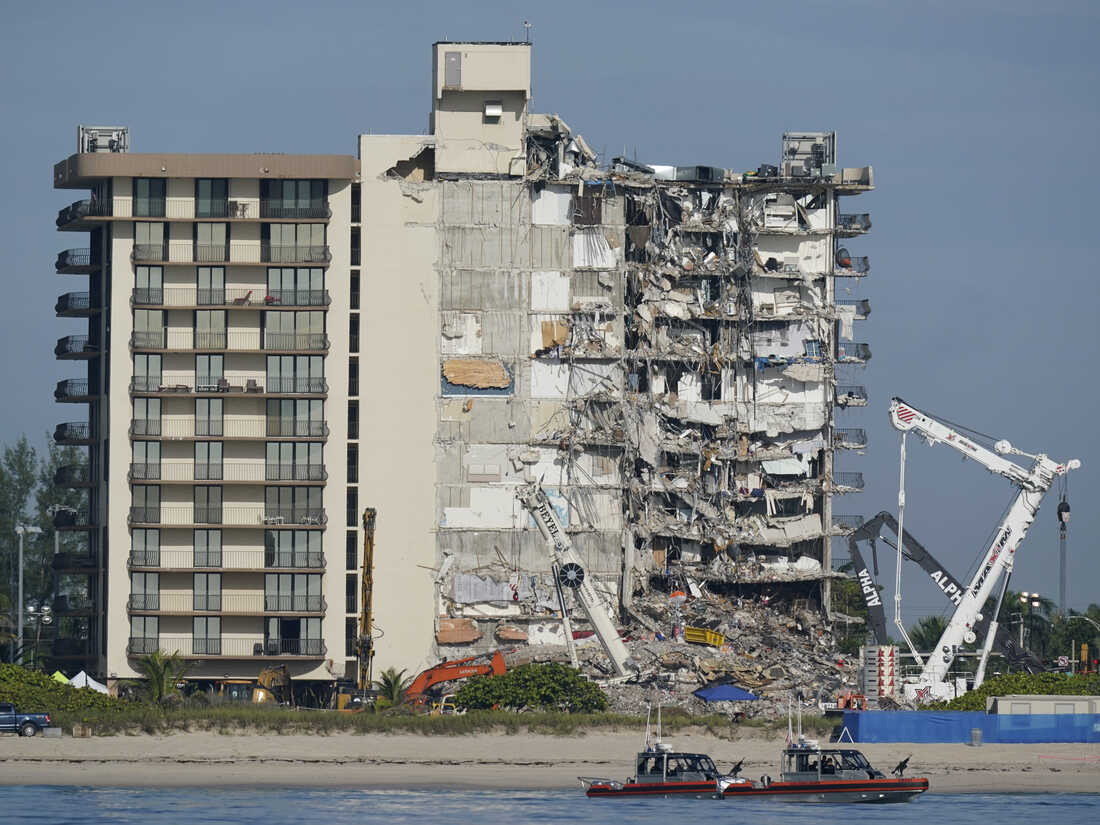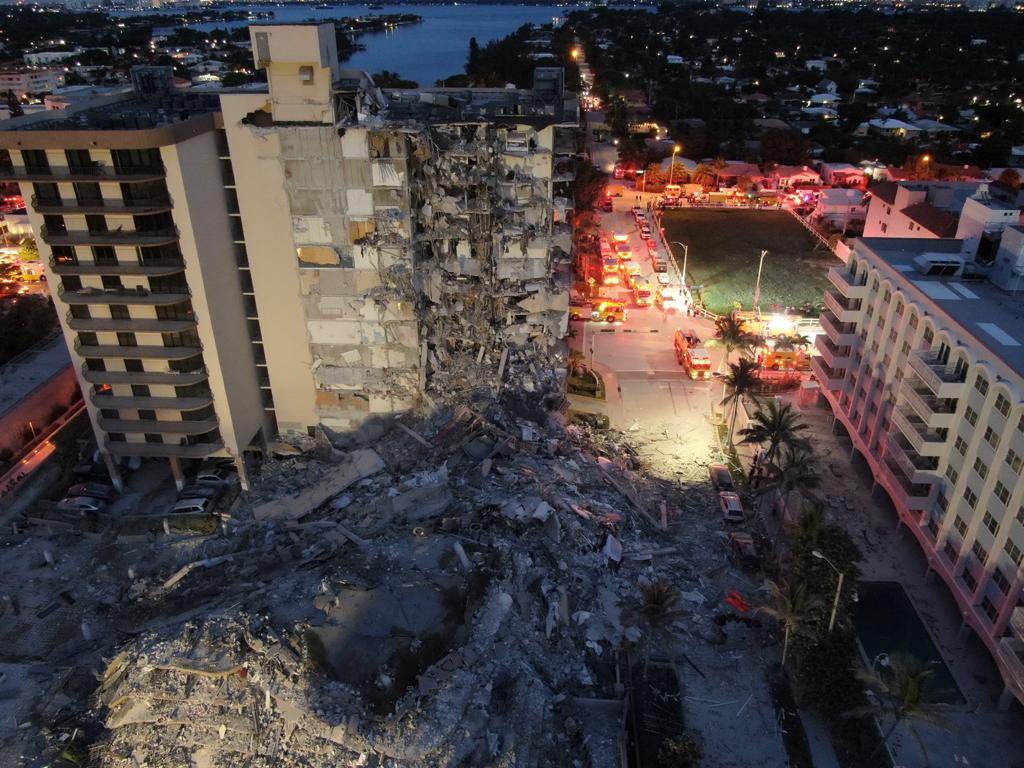
Here are some common questions about the newly instituted Florida Milestone Inspections:
1. What is a Milestone Inspection?
- Florida has now imposed a statewide structural inspection program for condominium and cooperative associations three (3) stories or more in height, defined as a “milestone inspection.”
2. Who is responsible for complying?
- Community association managers or management companies contractually hired by a condominium association subject to this inspection must comply with this section as directed by the board.
3. Are milestone inspections required for all buildings in Florida three (3) stories or more in height?
- Milestone inspections must be performed by December 31 of the year the building reaches 30 years in age, based on the issue date of the building’s certificate of occupancy, and every ten years after that.
- Buildings within 3 miles of the coastline must perform a milestone inspection by December 31 of the year they reach 25 years in age and every ten years after that.
4. When has the State required the milestone inspections to begin?
- Buildings with a certificate of occupancy issued on or before July 1, 1992, must have the initial milestone inspection performed before December 31, 2024.
- All others follow the year based on the issue date of the building’s certificate of occupancy mentioned in question 3.
5. Who is responsible for the cost of the milestone inspection?
- Condominium and cooperative associations are responsible for the scheduling and costs associated with the milestone inspection.
6. What type of inspection takes place in the milestone inspection?
- Milestone inspection means a structural inspection of a building’s primary structural systems.
7. Who can perform the milestone inspection?
- Milestone inspections must be performed by a Florida licensed engineer/architect who must attest to the life safety and adequacy of structural components of the building.
8. What should be determined in the milestone inspection?
- To the extent that it’s reasonably possible, the inspection must determine the general structural condition of the building as it affects the safety of the building, such as necessary maintenance, repairs, and replacements of structural components.
- “Substantial structural deterioration” is described as substantial structural distress that negatively affects the building’s general structural condition and integrity.
9. How many phases does a milestone inspection consist of?
- Milestone inspections will consist of two (2) phases.
10. What is Phase 1 of the Milestone Inspection?
- A visual examination of habitable and non-habitable areas of a building. If no signs of structural deterioration are found, phase two is not required.
11. What is Phase 2 of the Milestone Inspection?
- If substantial deterioration is found during phase one, phase two may involve destructive or non‑destructive testing at the inspector’s discretion. This additional inspection may be as extensive or limited as necessary to fully assess areas of distress.
12. What should the building owners do once the milestone inspection report is completed?
- Architect/engineer who performed inspections must submit a sealed copy of the inspection report and findings to the association and appropriate local building official.
13. Will an association be advised when a milestone inspection should occur?
- Local enforcement agencies will provide buildings required to comply with this law notice of required inspection by certified mail.
14. Once notice is received, how long does a building have to comply?
- Upon receiving notice, condominium/cooperative associations will have 180 days to complete phase one of the inspection.
15. Who is responsible if an inspection was not performed and repairs were not made?
- Associations that fail to complete the mandatory Milestone Inspection will breach the officers’ and directors’ fiduciary relationship to the unit owners.
About the Author

With a comprehensive background spanning public and private projects, Scott’s proficiency encompasses structural engineering design, construction oversight, and forensic analysis. His role involves investigating structural failures, construction defects, and code compliance to ensure project integrity while upholding safety standards and building codes. Beyond his investigative prowess, Scott is a skilled design engineer, contributing to diverse architectural facets including building envelope systems and designs for various materials. His extensive portfolio includes projects ranging from residential designs to commercial structures like warehouses and piers. Across all phases of project development, from conception to inspection, Scott’s dedication to innovative and compliant engineering solutions shines through.
Contact me for more information: info@buildingmavens.com






